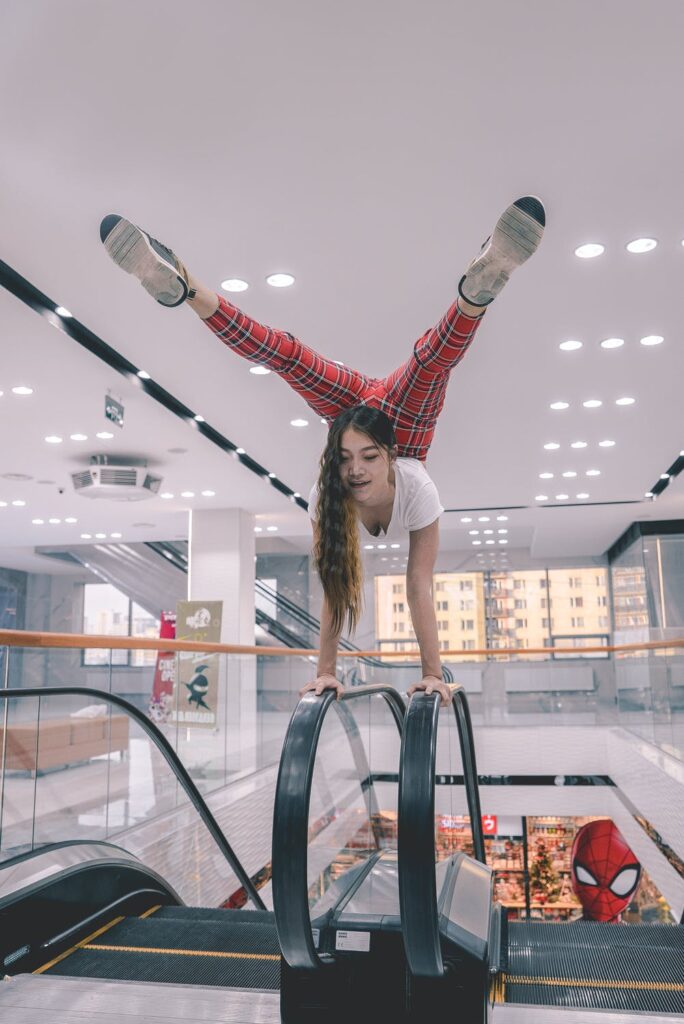
Let’s talk about risk assessment and balancing risks. Life is about balancing the costs and benefits of many competing demands. When it comes to self-defense, there’s a lot of tunnel vision and mythology though, perhaps because it’s so core to our very existence. It’s not just deciding if we’ll be warm enough if we wear that cute new jacket, or even if we’ll like the neighborhood around the first or the second apartment we looked at. It’s figuring out if we’ll survive our greatest nightmares.
We are hampered first by two competing ideas: “you never know, it could happen to you” and “that could never happen to me.” With all of the horror stories out there, not to mention a steady supply of true crime media, it’s not difficult to believe that a serial rapist-killer might live across the street or that you’ll be kidnapped if you go out for a morning walk or that the car pulling up at a gas station next to you will be full of gang members ready to shoot you. Even so, with the shiny, safe neighborhoods many of us live in, it’s also not difficult to believe that crime is a thing that happens to other people. With the former, we tend towards paranoia and fear. With the latter, we live oblivious to the piano teetering out the window above our heads. Either extreme is unhealthy. Being so afraid of the bad things that can happen to us that we stay locked up in our houses is as bad as going obliviously about the world trusting that harm will not befall you.
The happy medium is somewhere in the middle, and based on a realistic assessment of where you live, where you go, and who you are. In other words, how you live your life will affect how likely it is you are to be a victim of crime. Certain neighborhoods, certain activities, certain friends – they’ll all increase your likelihood of being a victim of violence or crime. While not all of those are under our control, especially in the short term, being aware that some of them come with the risk of being attacked or stolen from is an important first step in avoidance. After all, you can’t stay away from a trap if you don’t know it’s there. If you do, then you can be more careful about things like locking your doors, keeping valuables hidden, and arranging your hobbies so you aren’t doing something like getting your daily run in after dark. Maybe you start saving up to move to an area of town that doesn’t see as much crime, or cut off that childhood acquaintance who got heavy into drugs. Keeping track of local news and local crime statistics, being honest with yourself about the folks your family and friends are spending time with, and learning about the actions you can take and tools you can use to protect yourself will go a long way.
But it’s not just about avoiding crime and avoiding violence, and that can become difficult when you start to travel down the path of what you can do to prevent yourself from being targeted. As you pick up all of the various habits and weapons that you’re told will keep you safe, one outcome is that you start to layer all of them to build the best possible cocoon around yourself so that nobody can harm you. In return, you potentially pay a number of other costs. One is obvious: you start to lose out on potential fun as the list of places you’ll go shrinks because you can’t carry your gun there or you think it’s not safe there. You start to lose friends and other people you might spend time with, because you’re afraid of the danger they might bring into your life, or because they object to what they call your paranoid lifestyle. You might think that it’s better to be safe than sorry, but is it really? Only you can answer that, but I’d suggest that there’s something to having a life worth living so that it’s worth fighting for and saving.
Somewhat less obvious, though, are other things you can lose because you are so concerned with being ready for the worst-case scenario. Chief among them is the kind of awareness and preparedness that can save you from smaller crimes and lesser violence, not to mention other negatives. Insisting on bringing your pepper spray to work might seem harmless, for instance, but if there is a specific policy against it, are you prepared to lose your job? It’s simple to think you’ll just get a new one, but that’s not always so easy in today’s economy. It can be even worse if you lose your job over a bigger violation, like having a gun in your car in the company parking lot. Speaking of leaving expensive gear in your car, how common do you think it is for people to just nab things out of cars, even those that are locked and parked in driveways? The answer is somewhere between “bunches” and “a lot” and in any case, it’s much more likely than most people are to be carjacked on the way home from the office. It’s the same with being worried about the hardened violent criminal who will terrorize, mutilate, rape, and murder you, instead of the dudes walking down the street who just want to mug you. You might be ready to respond to the deadly threat of the first, and have nothing legally and morally reasonable for the second…which can end up with you in jail as you try to justify using the only tools and strategies you had available because you were only concerned with one kind of threat.
So which is it? What do we do? Unfortunately, I have no easy answers for you. The solutions are individual, and lie somewhere at the intersection of what’s most likely to happen to you, what’s most possible for you to integrate into your life, and what’s most likely you could lose…all along with paying compassionate attention to what you’re most afraid of and what will keep your soul at peace with your safety.





